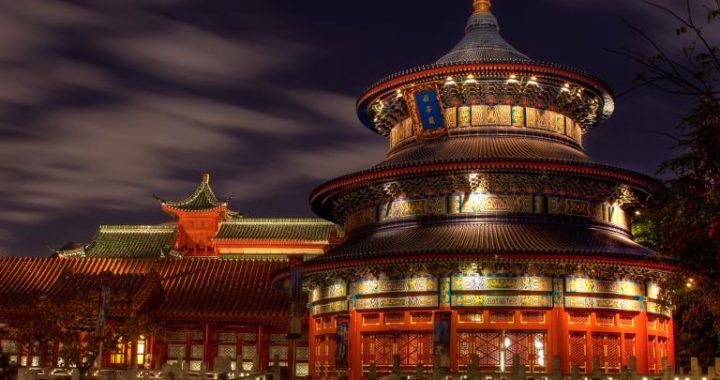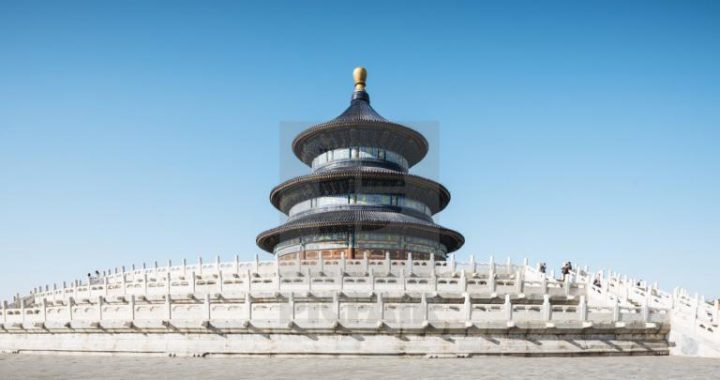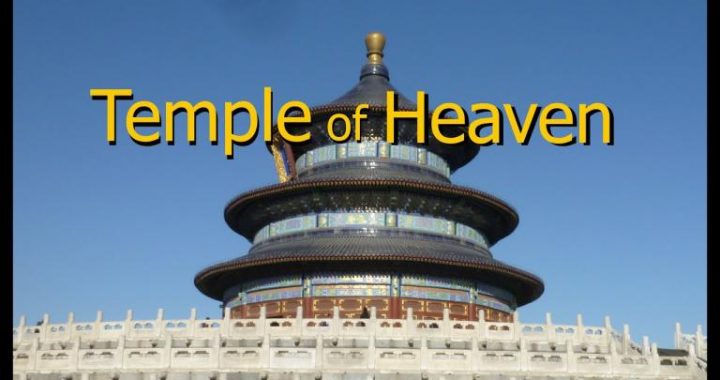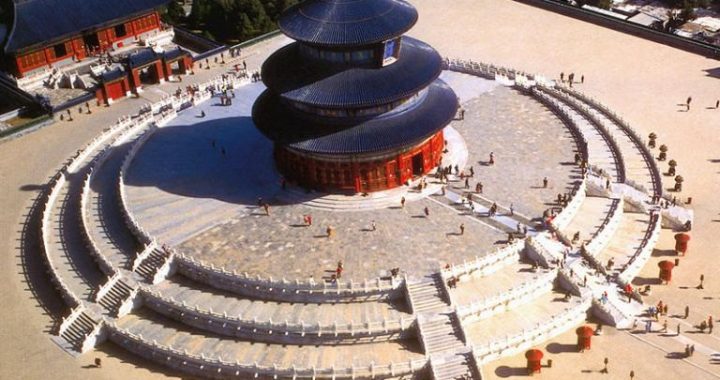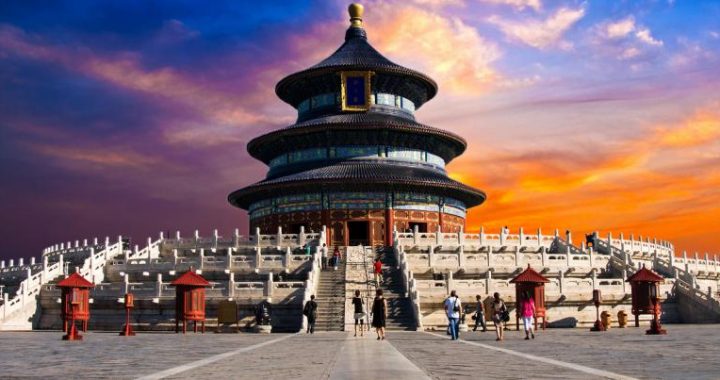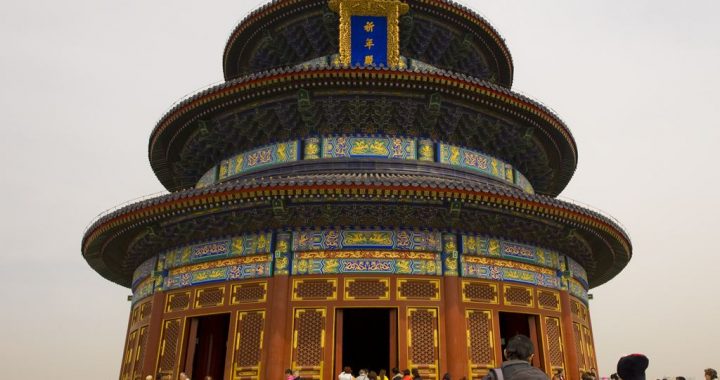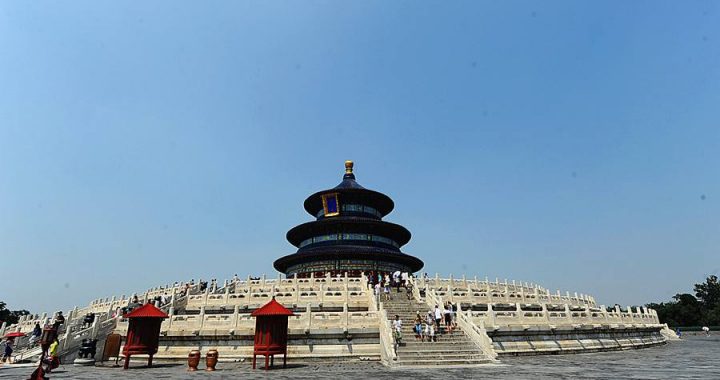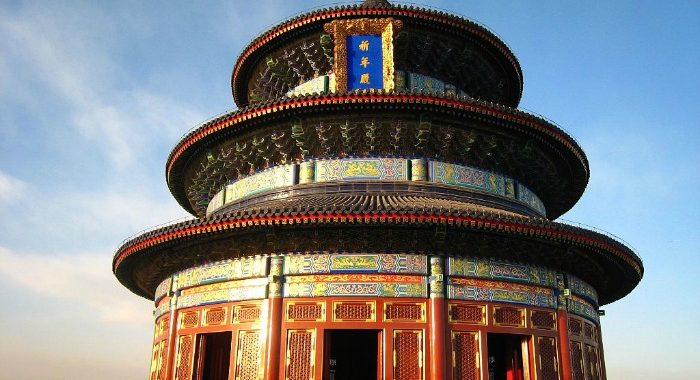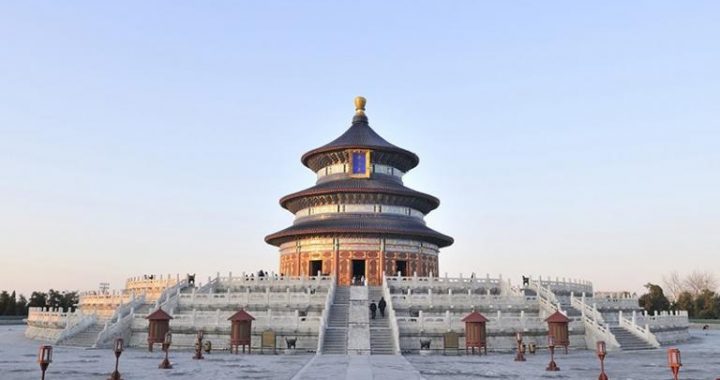The Temple of Heaven
4 min readThe Temple of Heaven was built in 1420 during the reign of Emperor Youngle of the Ming Dynasty.Situated in the southern part of the city of Beijing this grand set of structures covers an area of 273 hectares.It was the place where the Ming and Qing emperors offered sacrifices and prayers for a propitious year.It consists of three main structures: the Hall of Prayer for Good Harvests in the north, the Imperial Vault of Heaven in the center, and the Circular Mound Altar in the south. They are arrangedin a straight line. The whole complex is set within an extensive park enclosed by walls. The wall to the south is square while the one to the north is semi-circular. Such a pattern represents the ancient belief that heaven is round and the earth is square. The Temple of Heaven is known as a masterpiece of the fifteenth century architecture. Both the Echo Wall and the Circular Mound Altar reveal the skilful application of dynamics, acoustics and geometry.
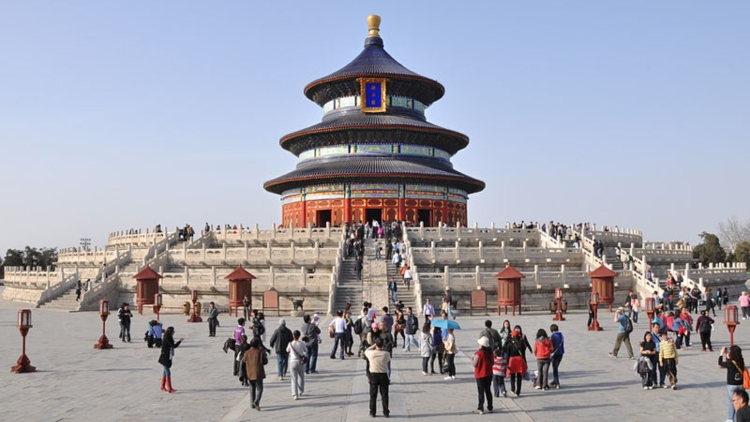
The Hall of Prayer for Good Harvests is a circular wooden structure 38 meters high and 30 meters in diameter. Its three-tiered roof topped by a gilded ball is built without cross-beams or purlines. The roof is made of blue glazed tiles. The whole building is supported by 28 massive wooden pillars. The four central pillars, decorated with dragon designs, are 19.2 meters high. They are so big that each will take two and a half men to encircle it with their arms stretched out. They represent the four seasons. The other 24 pillars are arranged in two rings, each consisting of 12 pillars. The inner ring is symbolic of the twelve months and the outer ring symbolizes twelve divisions of the day and night. Today the Hall of Prayer for Good Harvests is the hallmark of Beijing, which enjoys a prolonged history of civilization.
Surrounding a hall, named the Imperial Vault of Heaven, is the famous Echo Wall. The hall looks like a blue umbrella. It was built in 1530, rebuilt in 1752 andis 17 meters in height and 19 meters in diameter. The structure feature blue roofs topped by a gilded ball, and carved wooden doors and windows.A mere whisper at any point close to the wall will send the sound traveling along it so that the echo can be heard clearly at the other end. In front of the stairway leading down from the hall are the Three-Sound Stones. If you stand on the first stone and call out, or tread on it, the sound will be echoed once, on the second stone, the echo will be heard twice; and on the third stone, the echo will be repeated three times. Hence the name.
South of the Echo Wall lies the Circular Mound Altar, which was wholly built of white marble in 1530 and rebuilt in 1740. The altar is 5 meters high. Its upper terrace is 30 meters in diameter, its middle terrace 50 meters and the bottom terrace 70 meters. Each terrace has four entrances, each of which has a fright of nine stone steps leading down in four directions. Standing on the passage facing north you willnotice that with each pair of doors on is narrower than the other. This reflects the feudal hierarchy: the wider door was reserved for monarchs , while the narrower one was used by courtiers. At the center of the terrace lies a round stone surrounded by 9 concentric rings of stone. The number of stones in the first ring is 9 , in the second 18, on and on like this, up to 8l in the 9h ring. Even the number of carved balustrades on these terraces is a multiple of 9.
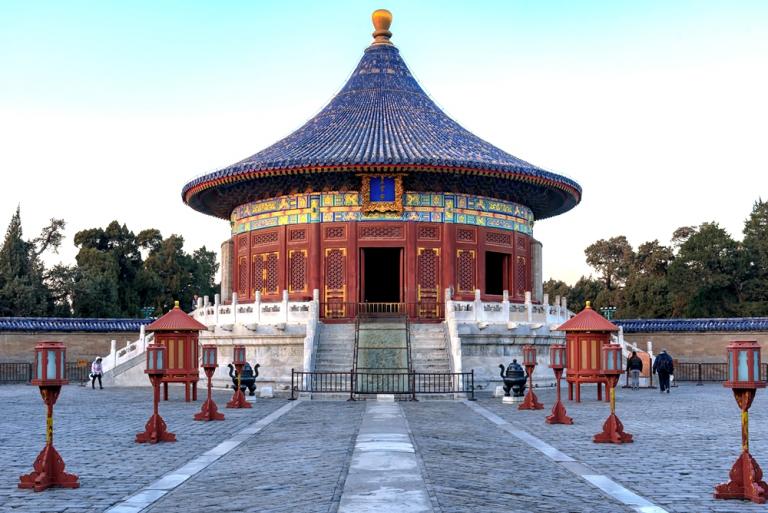
The stone in the very middle of the altar was of major importance, since it was where the emperor used to stand to say his prayer. The stone, which is known as the God’s heart Stone, is peculiar in that it is characterized by a specific acoustic phenomenon: it made the emperor’s voice clearer and louder. It is because the sound waves are sent back by the marble balustrades around the terrace to focus at the center.
The Temple of Heaven is also famous for its cypress trees. There are more than 60000cypress trees in all, among which over 4 000 are more than one hundred years old, adding to the solemn atmosphere of the temple. There is a tall cypresswhich was planted more than 500 years ago. Its thick branches and twisting trunk resembling nine coiling playful dragons; thus it is known as the Nine Dragon Cypress. It is said that this tree was here to welcome the monarchs. Now it is here to welcome visitor from all over the world.
Here is a brief account of what happened annually on the winter Solstice. The memorial tablet dedicated to Heaven would be set up on the north side of the terrace, while tablets dedicated to the emperor’s ancestors would be enshrined on the flanks. The service would begin around 4 o’ clock in the morning. All of the lanterns would be lit. In the foreground a sacrificial calf is being barbecued. On the square in front of the altar the emperor, under heavy escort of nearly a thousand courtiers , princes of royal blood, musicians dancers and uniformed soldiers would slowly ascend the altar to offer sacrifice and pray in honor of Heaven. When the service drew to a close, the sacrifice offered in front of the memorial tablets would be incinerated.All of participants would watch the thick smoke rise upward as if they were seeing God off.
Music and dancing would follow.In the end,the emperor would return to the Forbidden City secure in the belief that he would be blessed and protected by Heaven until the next Winter Solstice.
